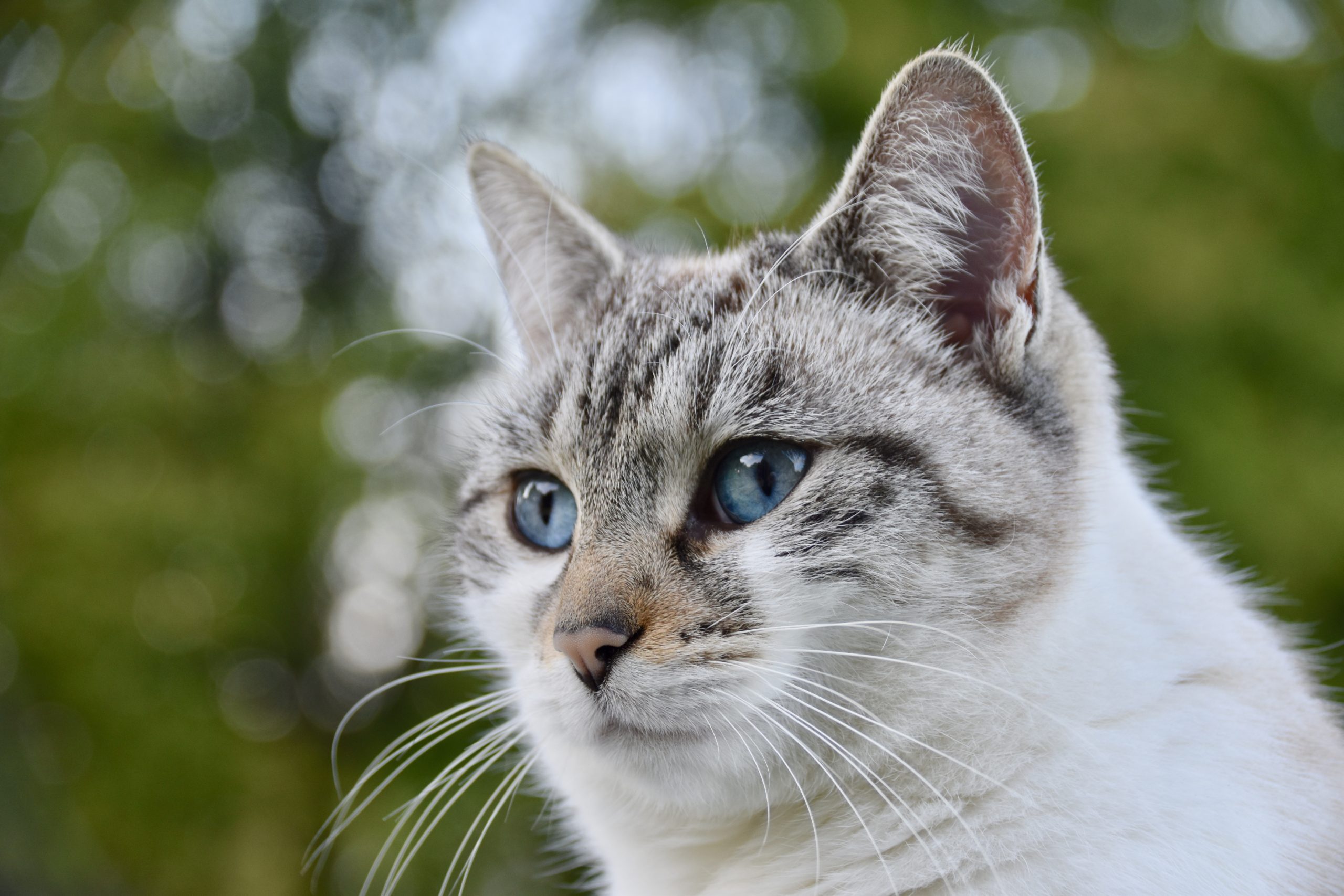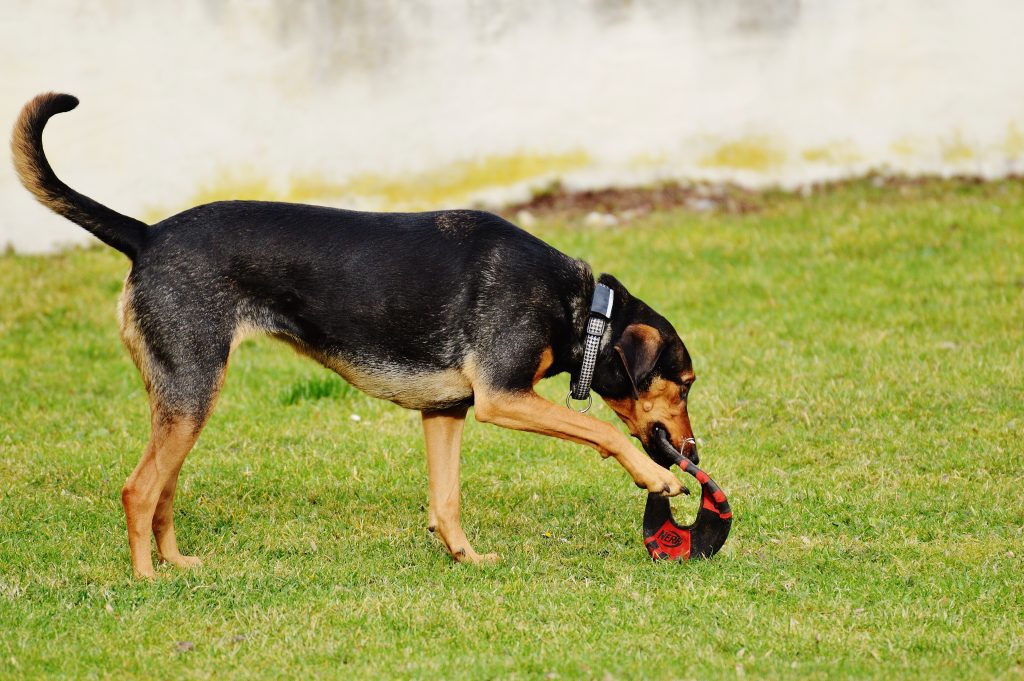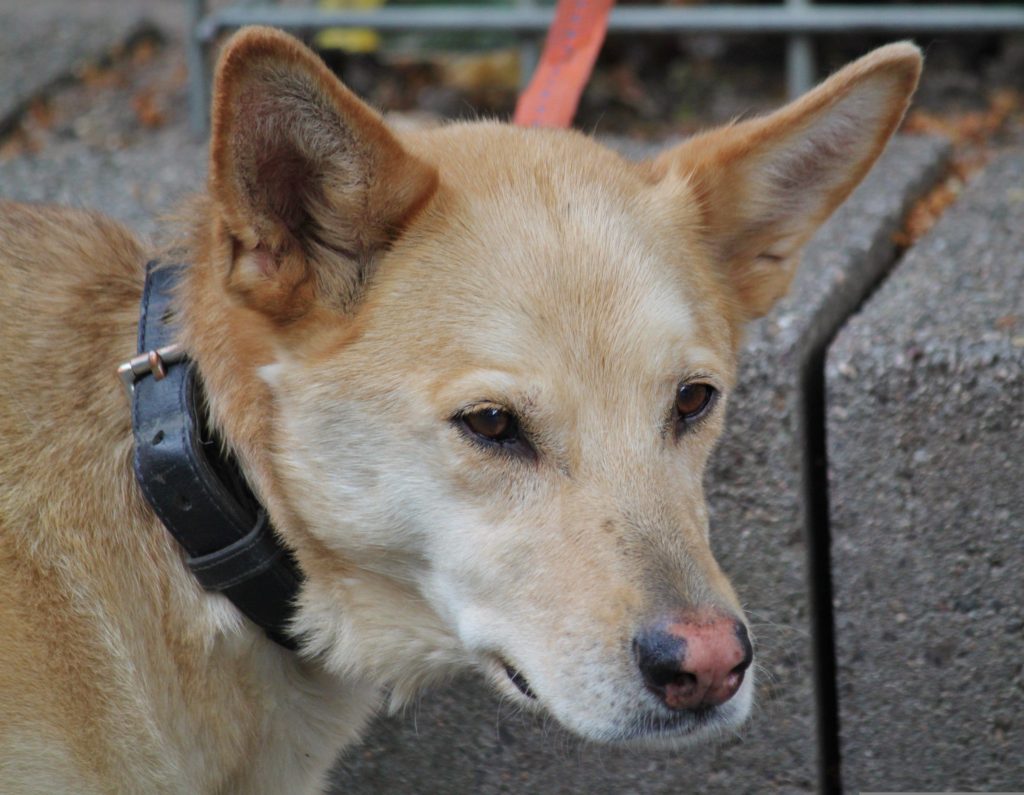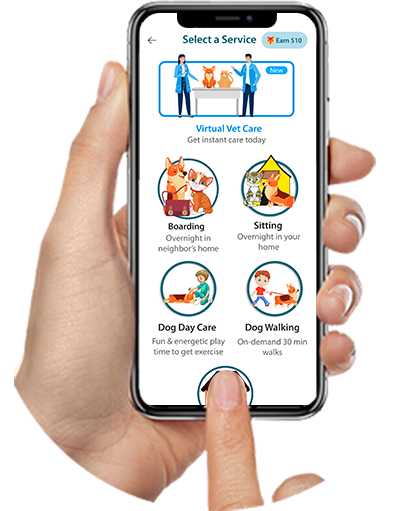Dogs are one of the most loyal companions and cherished members of all families, but just like humans, they can also experience various eye problems that can affect their vision and overall well-being. While some eye issues in dogs are minor and treatable, others can be more serious and require prompt veterinary attention. Here in this article, we will explore some common eye problems faced by dogs and discuss their causes, symptoms, and potential treatments.
Conjunctivitis (Pink Eye):
Conjunctivitis, commonly known as pink eye, is an inflammation of the conjunctiva, the thin membrane that lines the inside of the eyelids and covers the white part of the eye. It can be caused by allergies, infections (bacterial or viral), or irritants like smoke or dust. Symptoms include redness, discharge, squinting, and excessive tear production. Mild cases may be treated with antibiotic eye drops or ointments, while more severe cases may require oral antibiotics or other medications.
Dry Eye:
Dry eye is a condition where the dog’s tear glands do not produce enough tears to keep the eyes lubricated. It can be caused by various factors, including autoimmune disorders, breed predisposition, or as a side effect of certain medications. Symptoms include squinting, excessive blinking, and a thick, stringy discharge. Treatment often involves artificial tear supplements, medications to stimulate tear production, or surgical procedures in severe cases.
Glaucoma:
Glaucoma is a serious condition characterized by increased pressure within the eye, which can damage the optic nerve and lead to vision loss or blindness if left untreated. It can be caused by various factors, including genetics, injury, or underlying medical conditions. Symptoms may include squinting, redness, excessive tearing, and dilated pupils. Treatment typically involves medications to lower eye pressure, but surgery may be necessary in some cases.
Cataracts:
Cataracts are clouding of the lens within the eye, which can impair vision and eventually lead to blindness if left untreated. They can be inherited or develop as a result of aging, diabetes, trauma, or exposure to certain medications or toxins. Symptoms may include cloudy or bluish-white discoloration of the eye, difficulty seeing in low light, and changes in behavior. Treatment often involves surgical removal of the cataract and implantation of an artificial lens.
Cherry Eye:
Cherry eye is a condition where the dog’s third eyelid prolapses or protrudes from the eye. It is more common in certain breeds, such as Cocker Spaniels, Beagles, and Bulldogs. The prolapsed third eyelid appears as a reddish-pink mass in the corner of the eye and can be irritating or uncomfortable for the dog. Treatment typically involves surgical replacement of the third eyelid or removal in severe cases.
Corneal Ulcers:
Corneal ulcers are open sores or erosions on the cornea, the clear front part of the eye. They can be caused by trauma, infections, dry eye, or other underlying conditions. Symptoms may include squinting, excessive tearing, and sensitivity to light. Treatment often involves antibiotic eye drops or ointments, pain medication, and in some cases, surgical intervention or corneal grafts.
Entropion and Ectropion:
Entropion and ectropion are conditions where the eyelids are abnormally positioned, causing irritation and potential damage to the eye. Entropion occurs when the eyelid rolls inward, causing the eyelashes to rub against the cornea. Ectropion is the opposite, where the eyelid rolls outward, exposing the eye’s surface. Both conditions can lead to irritation, excessive tearing, and potential corneal ulcers. Treatment often involves surgical correction of the eyelid positioning.
Preventive Measures for keeping your dog’s eye safe and clean
- Proper grooming: Regularly trimming the hair around your dog’s eyes can prevent irritation and prevent debris or hair from getting into the eyes.
Keep the eyes clean: Gently wipe away any discharge or debris from around your dog’s eyes using a clean, damp cloth or cotton ball. This helps prevent the buildup of irritants that can lead to infections.
- Avoid water contamination: When giving your dog a bath or allowing them to swim, try to keep water and shampoo out of their eyes. Contaminated water can introduce bacteria or other infectious agents.
- Protect from environmental irritants: Limit your dog’s exposure to smoke, dust, pollen, and other airborne irritants that can cause eye inflammation and make them more susceptible to infections.
- Use eye protection: If your dog is prone to eye infections or has had previous eye injuries, consider using dog goggles or an eye ointment when in environments with high levels of debris or irritants.
- Practice good hygiene: Wash your hands thoroughly before and after handling your dog’s eyes or administering any eye medications. This can prevent the transfer of infectious agents.
By following a few preventive measures, we can significantly reduce the risk of eye infections in dogs and maintain their overall eye health. However, if an infection does occur, it’s crucial to seek veterinary treatment promptly to avoid potential complications and ensure your dog’s comfort and well-being.


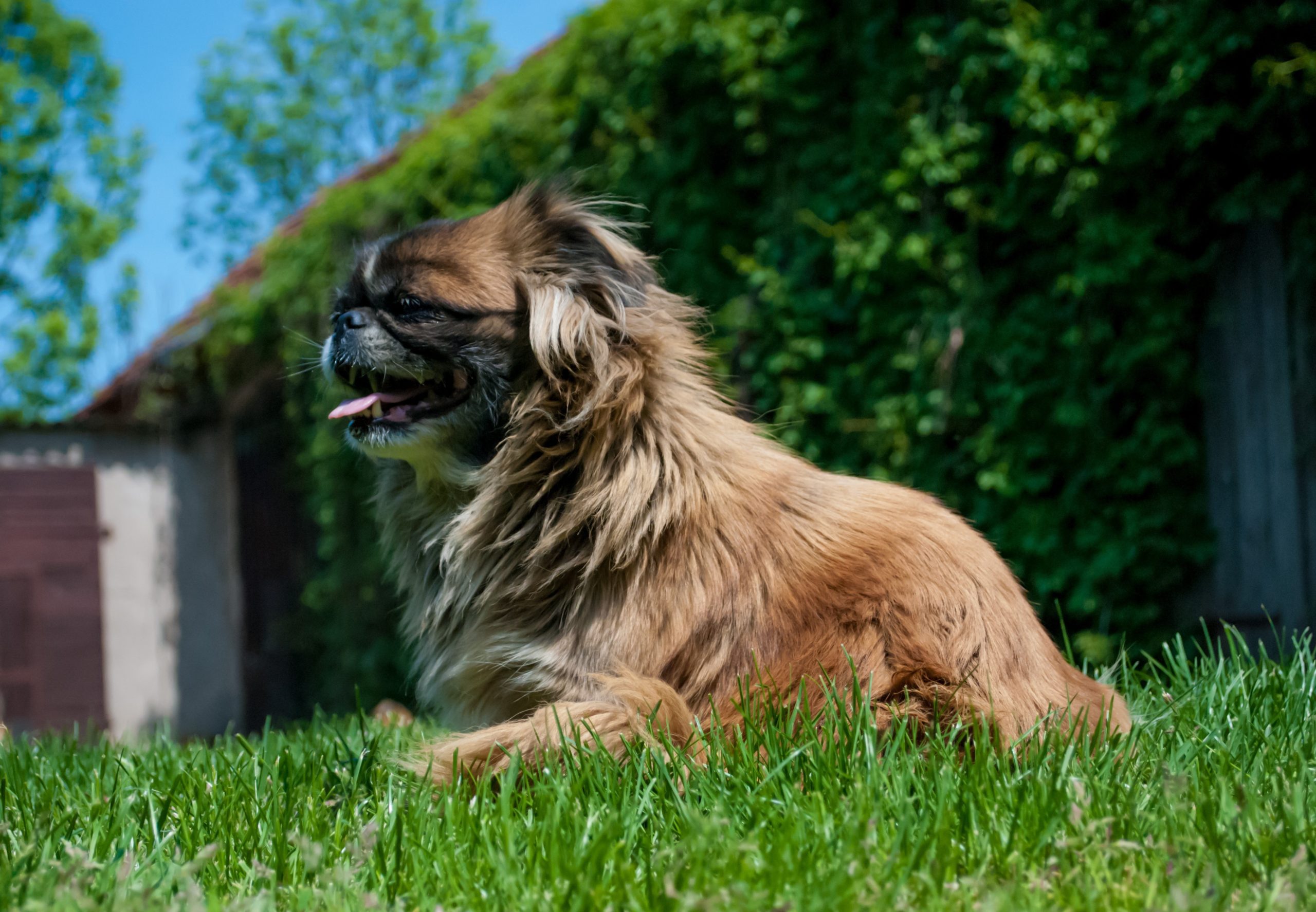
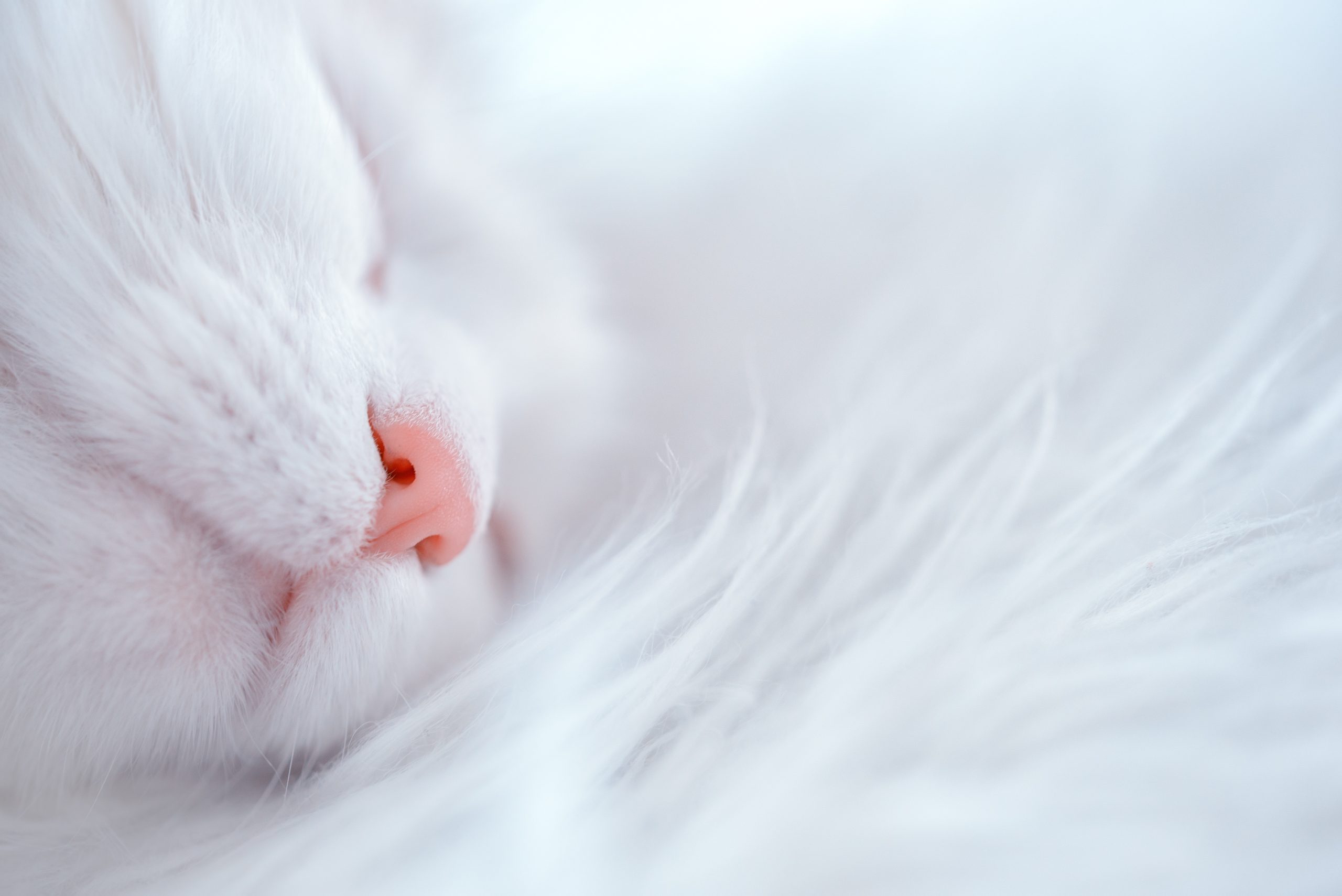
 Unlimited access and follow ups for continuous pet care
Unlimited access and follow ups for continuous pet care 